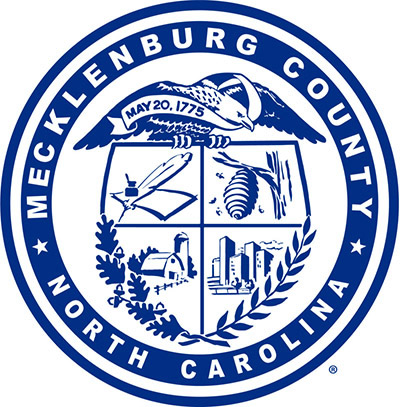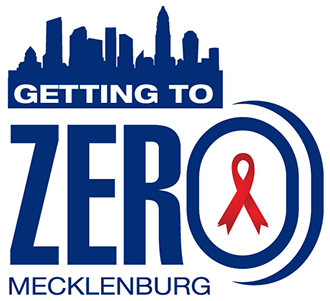Diagnosis Data
Who is being newly diagnosed with HIV in Mecklenburg County?
What's this graph about?
The graph displays annual data for people who have been newly diagnosed with HIV, based on a confirmed positive HIV test.
New HIV diagnoses in Mecklenburg County
What's this graph about?
This graph shows ZIP code data for people who have recently received an HIV diagnosis, based on the person’s residence at the time of diagnosis. It's important to note that these diagnoses may not indicate the actual location where the infection took place. The information is presented using rolling totals over three years—showing the number of diagnoses in the specified year along with those from the two previous years.
What proportion of people have late-stage HIV near the time of initial diagnosis?
What's this graph about?
The graph represents the annual percentages of people who received a Late-Stage HIV Diagnosis. This is defined by being diagnosed with AIDS within six months of the initial HIV diagnosis.
What is the most recent data on new HIV diagnoses in Mecklenburg County?
What's this graph about?
This bar chart and table illustrate the number of residents newly diagnosed with HIV during each three-month period (quarter) along with yearly totals. The most recent data are provisional and highlighted with grey shading in the table. Please note that any provisional data will be updated with final figures, which may differ slightly from the current numbers.
People living with HIV in Mecklenburg County
What's this graph about?
This map presents annual ZIP code level counts of persons diagnosed with HIV who are currently living in Mecklenburg County. Diagnoses are based on a confirmed positive HIV test, whether recent or in the past. This information provides valuable insights into the prevalence of HIV within the community.
How many people are living with HIV in Mecklenburg County?
What's this graph about?
The graph displays annual data for adults and adolescents who have had HIV diagnosed recently or in the past, based on a confirmed positive HIV test, and are living in Mecklenburg County at the time of diagnosis.
Get Connected
Learn more about HIV/STD Testing Options;
or call 704-432-8378.
Free HIV/STD Testing Locations in Mecklenburg County.
Request HIV testing for an event.
Complete a confidential self-referral form
Health Statistic Data Request Form.
To join the Getting to Zero community group, email g2zmeck@mecknc.gov.
Find a Ryan White Provider.
Learn more about PrEP in Mecklenburg County.
Find a PrEP Provider.
Looking for another resource? Click here.
What is CHAMPS?
CHAMPS is the Community HIV/AIDS Monitoring and Prevention System dashboard for Mecklenburg County, North Carolina. There are two main purposes for the CHAMPS dashboard. First is to make data accessible to the public. Second is to monitor progress toward the four goals in the Getting to Zero Ending the Epidemic plan. Those four goals are to diagnose, treat, prevent, and respond to HIV locally. In addition, the CHAMPS dashboard monitors trends in new HIV diagnoses and the number of people living with HIV in our community.





